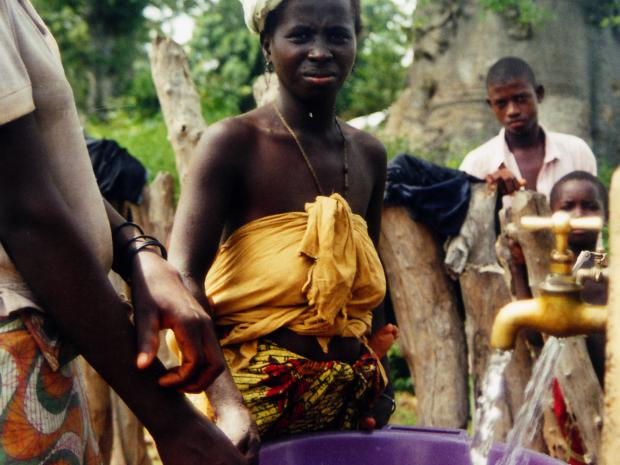Papua New Guinea
Introduction
Papua New Guinea (PNG) is a low middle income country and the biggest economy in the Pacific region. PNG is worldwide one of the very few countries that has been experiencing more than 10 years of consecutive economic expansion, however, PNG is not on track to meet any of the MDGs.
The cooperation between European Union and PNG, defined in the NIP, will be focus on three sectors: Rural Entrepreneurship, Investment and Trade; Water, Sanitation and Hygiene; and Education. These focus sectors are in line with the Papua New Guinea 'Vision 2050', Papua New Guinea Development Strategic Plan (PNGDSP) 2010 – 2030 and the Mid Term Development Plan (MTDP) 2010 - 2015.
Focus Sectors budget
|
Rural Entrepreneurship, Investment and Trade |
EUR 85 million |
46.1% |
|
Water, Sanitation and Hygiene |
EUR 60 million |
32.6% |
|
Education |
EUR 30 million |
16.1% |
|
Support measures |
EUR 9 million |
4.8% |
|
TOTAL |
EUR 184 million |
100% |
Water
Overall objectives
The overall objective of the Water, Sanitation and Hygiene focus sector is to improve the living conditions through contributing to increased coverage for water and sanitation and improved hygiene behaviour in line with a national WASH policy.

source: EC
Country Context
61 % of the population do not have access to safe water and 55 % do not have access to improved sanitation. PNG is also ranked low in terms of access to clean water and safe sanitation in the Pacific Region and coverage rates are declining due to population growth.
The need for access to clean water and sanitation is recognised in the Papua New Guinea Vision 2050, where government seeks to increase access to clean water from to 100 % of the population by 2050. An interim goal of 47 % of the population having access to improved water source and 51 % to improved sanitation in 2015 is defined in MTDP 2011-2015. A second goal of the MTDP is that 50 % of education institutions have access to safe water and improved sanitation by 2015.
Specific objectives and the main expected results
SO1 - To enable a healthier and safer environment particularly for women and children, reducing the impact of water borne diseases and hygiene related illnesses
- R.1. Increased access to safe water and improved sanitation in schools and clinics;
- R.2. Increased access of population in peri-urban settlements, provincial and district towns to safe water and improved sanitation;
- R.3. Increased awareness of population on importance of hygiene and sanitation, and reduction of frequency in number of cases of diseases with oral–faecal transmission.
SO2 - To improve governance and quality of service delivery in the WASH sector
- R.1. Implementation of WASH Policy with an initial focus on strengthening the institutional framework and enabling environment;
- R.2. Improved planning, monitoring and evaluation of WASH service delivery including community service obligations.
